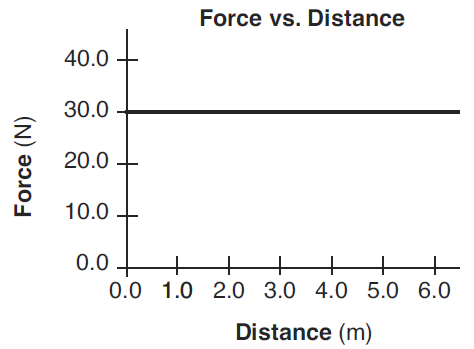Energy
One exciting thing from energy is the gliding through the air on a mountain bike or in a wingsuit.

One exciting thing from energy is the gliding through the air on a mountain bike or in a wingsuit.

| Name | Symbol | Unit | Type |
|---|---|---|---|
| Total energy | ET, ETOT | J, joules | scalar |
| Potential energy, gravitational potential energy | PE | J, joules | scalar |
| Kinetic energy | KE | J, joules | scalar |
| Internal energy, Heat energy | Q | J, Joules | scalar |
| Work | W | J, joules | scalar |
| Power | P | W, watts | scalar |
| Force | F | N, newtons | vector |

Energy, Mechanical energy, Elastic potential energy, Gravitational energy, kinetic energy, power, work
A block slides across a rough, horizontal tabletop.
As the block comes to rest, there is an increase in
the block-tabletop system’s
(1) gravitational potential energy
(2) elastic potential energy
(3) kinetic energy
(4) internal (thermal) energy



